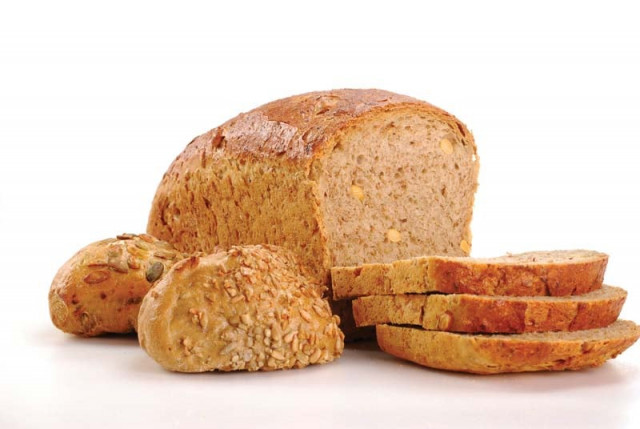Scientists recreate 12,500-year-old bread
Researchers reconstruct how ancestors processed wild barley to produce loaves of bread

Findings show that wild-grain-based nutrition emerged some 3,000 years before our hunter-gatherer forefathers. PHOTO: STOCK IMAGE
The barley-processing “facilities” found at Huzuq Musa in Israel’s Jordan Valley indicate that stone-utensil-produced flour could have been a significant part of the local Natufian people’s diet.
Curious, a group of intrepid Israeli researchers went back to the dawn of the Stone Age to make lunch for themselves.
Read: 4 delicious and nutritious two-ingredient sandwiches
Using 12,500-year-old ancient tools like conical mortars carved into bedrock, the researchers reconstructed how their ancestors processed wild barley to produce groat meals and “proto-pita” — small loaves of coal-baked, unleavened bread.
The results were a yummy, pre-historic cuisine. Huzuq Musa is estimated to have had a population of about a hundred people. “The four large threshing floors discovered near the site — and its accompanying tools — could have produced a sufficient quantity of processed barley for its estimated inhabitants,” said Professor Mordechai Kislev, expert in archaeo-botony from Bar-Ilan University in Israel.
The findings show that wild-grain-based nutrition emerged some 2,000 to 3,000 years before our hunter-gatherer forefathers established the sedentary farming communities which were the hallmark of the “Neolithic Revolution”.
“This Natufian advance was a bridge to the Neolithic revolution, when sedentary farmers developed the discipline needed to plan for the successful planting — and reaping — of domesticated grains,” the authors commented.
Read: Food poisoning: Stale bread lands over 180 children in hospital
The fresh experiment began by collecting spikelets — the coated grains of a cereal ear — from wild barley. After ripening on the ground to prevent them from scattering in the wind, the grains were then separated from the stalks.
After de-husking, the grain was scooped out of the conical mortar by hand then placed into a small cup cut in the adjacent bedrock.
From there, it was transferred for filtering in a small-gauge sieve.“This was a kind of labour-saving device, making it easier to transfer the grain and waste material to a sieve or other vessel,” added archaeologist Dr David Eitam.
The discovery of this sophisticated agro-technological system indicates that Natufian society made the shift from hunting-gathering to an agriculture-based economy, which was possibly extant 3,000 years before the domestication of cereal, he informed.
The research team had independent researchers as well as faculty members from Bar-Ilan and Harvard Universities.
The findings were published in the journal Plos One.
Published in The Express Tribune, August 29th, 2015.
Like Life & Style on Facebook, follow @ETLifeandStyle on Twitter for the latest in fashion, gossip and entertainment.



















COMMENTS
Comments are moderated and generally will be posted if they are on-topic and not abusive.
For more information, please see our Comments FAQ